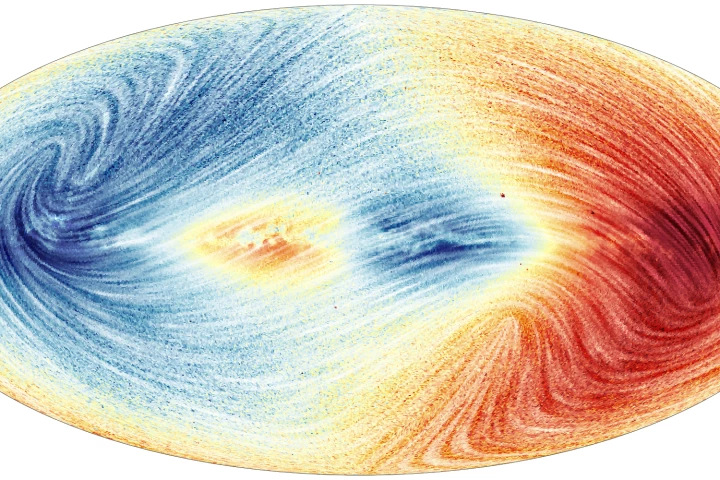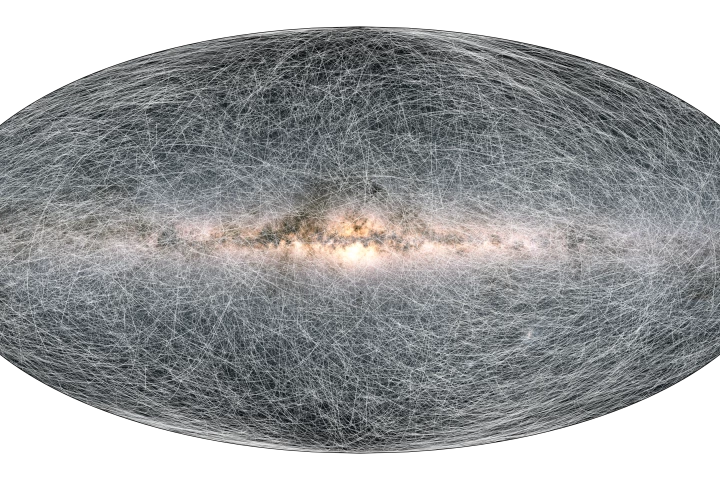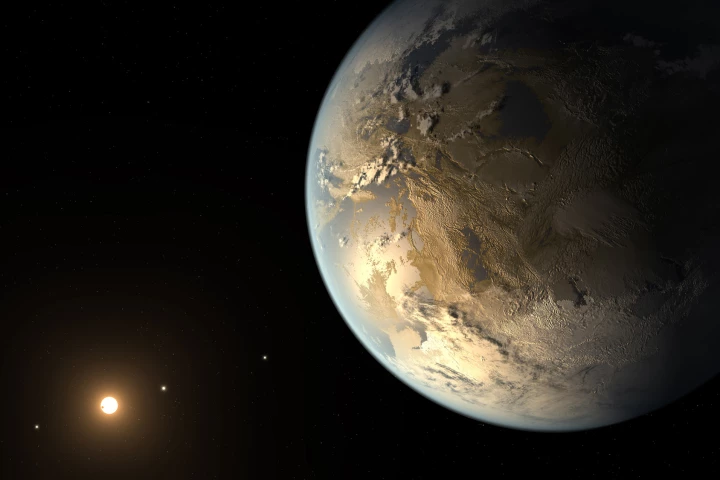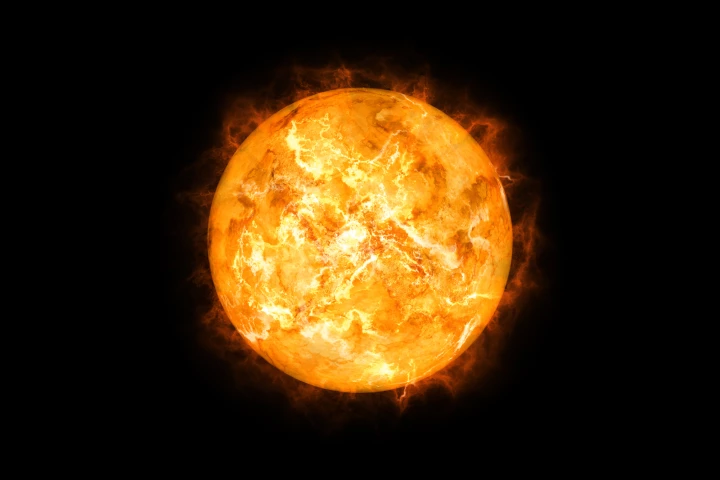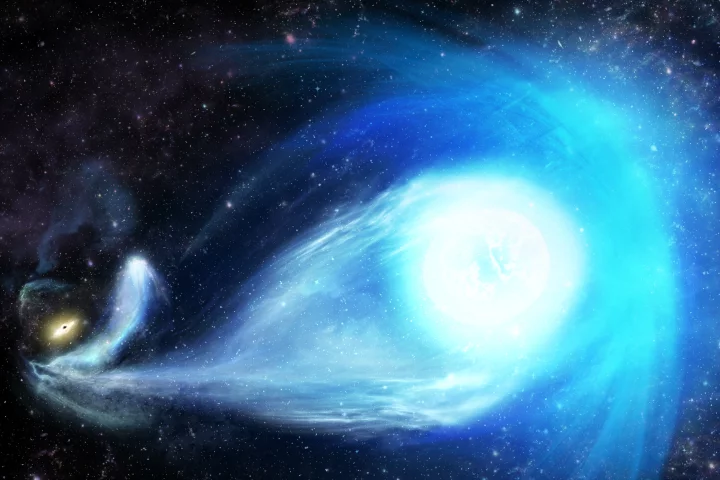Gaia
-
Astronomers have discovered the cosmic equivalent of a parent crashing a teenagers’ party to make sure they have enough water. An aging star has been detected passing through a young star-forming region, delivering elements crucial for life to form.
-
While two thirds of exoplanets may be a fiery, boiling wasteland, scientists believe the other third occupy a "just right" goldilocks orbit around their star, and this, much like Earth's orbit, could provide the right environmental support for life.
-
Black holes come in two distinct types – small and supermassive. A group in the middle has long been hypothesized to exist, and now Hubble has found some strong evidence for one of these intermediate-mass black holes in a nearby star cluster.
-
The most comprehensive picture of the Milky Way just got more detailed. Gaia's third data release covers almost 2 billion stars, including their makeup and movements, plus new catalogs of starquakes, binary systems, variable stars and other objects.
-
The James Webb Space Telescope has snapped its first in-focus image. With this milestone, the telescope is now set to meet or even exceed its original science goals. It was also recently spotted by another spacecraft in the area.
-
Astronomers have discovered a big hole in space. New 3D visualizations of the Perseus and Taurus star-forming clouds have revealed a large cavity between them, possibly created in ancient supernova explosions.
-
A team has made some intriguing discoveries in the outer regions of the Milky Way. Astronomers mapped the fringes of the sparse halo that envelops our home galaxy, and found the wake of a dwarf galaxy on an eventual collision course with the Milky Way.
-
Astronomers have discovered the aftermath of a cosmic hit-and-run in our own neighborhood. While studying the closest star cluster to the Sun, ESA scientists realized it may have been disrupted by a huge lump of invisible mass, possibly dark matter.
-
ESA has published a colossal data release from the agency’s Gaia observatory, which is currently engaged in a mission to survey 1 billion stars orbiting in the Milky Way. The data has already shed light on the motion of our galaxy and solar system.
-
Based on data from the Kepler Space Telescope and the Gaia mission, there may be up to 300 million habitable planets in our galaxy. The research refines a key factor in the Drake equation that estimates how many extraterrestrial civilizations may exist.
-
To get a sense of how “normal” the Sun may be, astronomers have compared the Sun to hundreds of similar stars. It turns out that it’s actually far less active than its peers – but is this a permanent personality, or is it just going through a phase?
-
Astronomers have discovered a star known as S5-HVS1, travelling at an incredible 6 million km/h (3.7 million mph). That not only makes it the fastest known star, but it’s fast enough to fling it right out of the galaxy.
Load More



